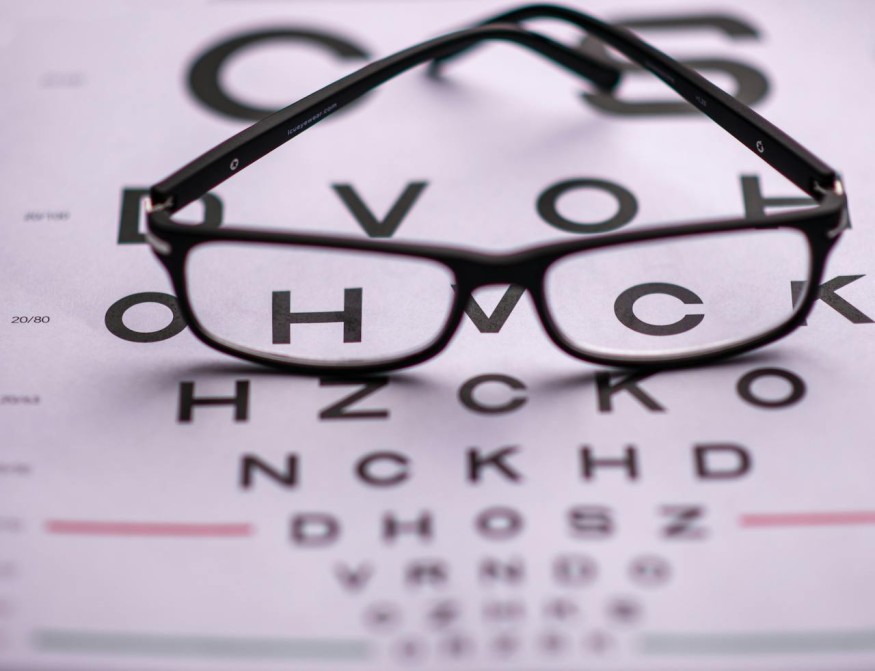
Optometrists and ophthalmologists worldwide are observing a worrying surge in cases of myopia or nearsightedness. Researchers in the UK confirmed that rates of myopia have significantly increased in all age groups. Meanwhile, another study discovered that 97% of 19-year-old men in the capital of South Korea were myopic. In a global health report, the World Economic Forum highlights that if nothing is done to curb this trend, half the world's population may be nearsighted by the year 2050.
More than needing glasses, the nearsightedness crisis puts millions of people at risk of developing vision-threatening eye conditions in the future, including retinal detachment, glaucoma, early cataracts, and myopic maculopathy, stressing the urgent need for better eye care.
Climbing Myopia Rates Worldwide
After noticing a considerable uptick in myopia among post-boomers, experts are warning of a nearsightedness outbreak. The UK's Biobank Study, which surveyed 107,442 respondents, revealed a 10% higher likelihood of myopia in individuals born in the late 1950s compared to those born 30 years earlier. While age-related eyesight changes saw the most substantial rise, instances of childhood-onset myopia also increased.
Similar trends have been happening globally. In China and Taiwan, up to 90% of teenagers and young adults are myopic, whereas this figure was as low as 10% in the 1950s in China. Elsewhere in Europe and the US, rates across all ages are below 50%, but recent decades have seen a sharp rise in myopia cases.
Along with genetic, hormonal, and environmental factors, excessive screen time is believed to contribute to the global myopia epidemic, as well as increased time spent indoors and not enough time outdoors in the sunlight. Moreover, the previously mentioned Biobank study points to changes in diet and alterations in classroom instruction as potential factors. Extended education beyond 18 years old might also play a role, consistent with prior research linking expertise levels to nearsightedness. Fortunately, experts suggest that these trends can be reversed with proper prevention and management techniques.
Why Responding to the Myopia Crisis Is Crucial
Corrective lenses, like glasses or contact lenses, are widely used to address myopia by altering the way light enters the eye. The prescription lens thickness typically varies depending on the degree of nearsightedness, with stronger prescriptions requiring thicker lenses. To minimize discomfort, opticians recommend opting for plastic-rimmed frames as they hide thick-edged lenses better than metal-rimmed frames. These lenses provide an effective and relatively affordable solution for most individuals with myopia.
In addition to corrective lenses, alternatives like orthokeratology (ortho-k) involve using specially designed contact lenses worn nightly to reshape the cornea temporarily, providing clearer vision during the day. However, they are quite costly. In the US, prices for ortho-k generally range from $1,000 to $2,000, and for particularly difficult cases, costs can be as high as $4,000.
Another form of myopia control is atropine eyedrops, which doctors can prescribe off-label to dilate the pupil, reduce focusing effort, and slow myopia progression. But in order to reap these benefits, atropine eyedrops must be used every day for years. And with prices for a year's supply costing approximately $700 to $1,000, they may not be accessible to everyone. In fact, a survey conducted by the American Optometric Association found that 33% of myopia management candidates defer treatment, 80% of whom cited costs as the reason for deferment.
Thus, the growing rates of myopia are a concern due to the potential economic burden associated with increased demand for corrective measures and alternative treatments. One study estimates that the health costs associated with myopia in the US are between $4 billion to $7 billion. Furthermore, the global potential productivity loss due to uncorrected myopia is approximately $244 billion. Addressing myopia early on through regular check-ups and appropriate interventions can help mitigate the long-term impact and associated costs.
The alarming surge in global myopia rates underscores the urgent need for enhanced eye care measures coupled with widespread education on vision care. As myopia cases continue to escalate, proactive initiatives must address corrective interventions and preventive strategies. Investing in comprehensive vision care education, promoting healthy screen practices, and exploring innovative solutions are crucial steps toward stemming the tide of myopia and safeguarding the visual well-being of future generations.
© 2025 NatureWorldNews.com All rights reserved. Do not reproduce without permission.





